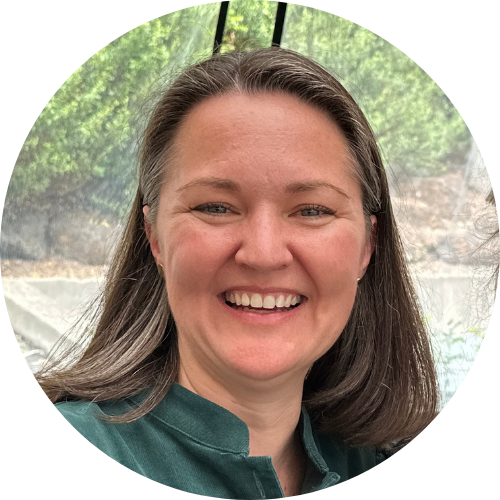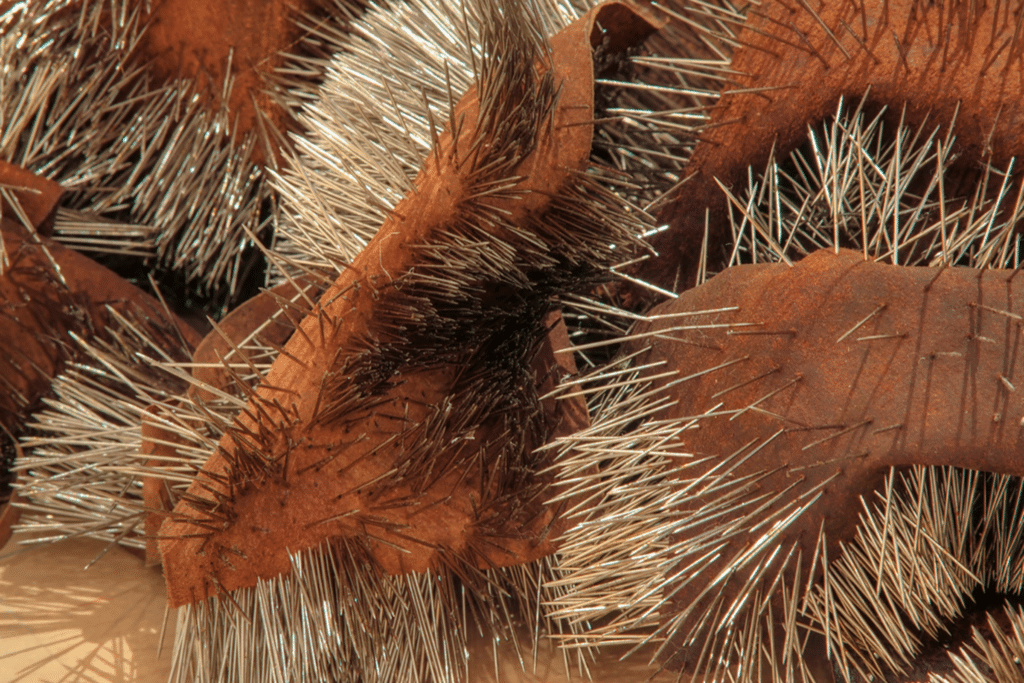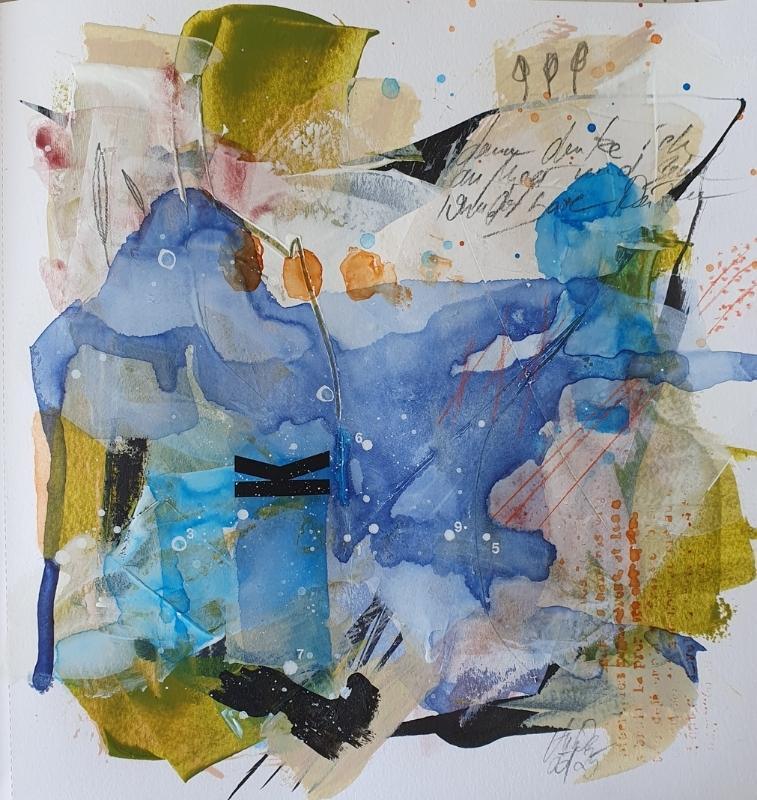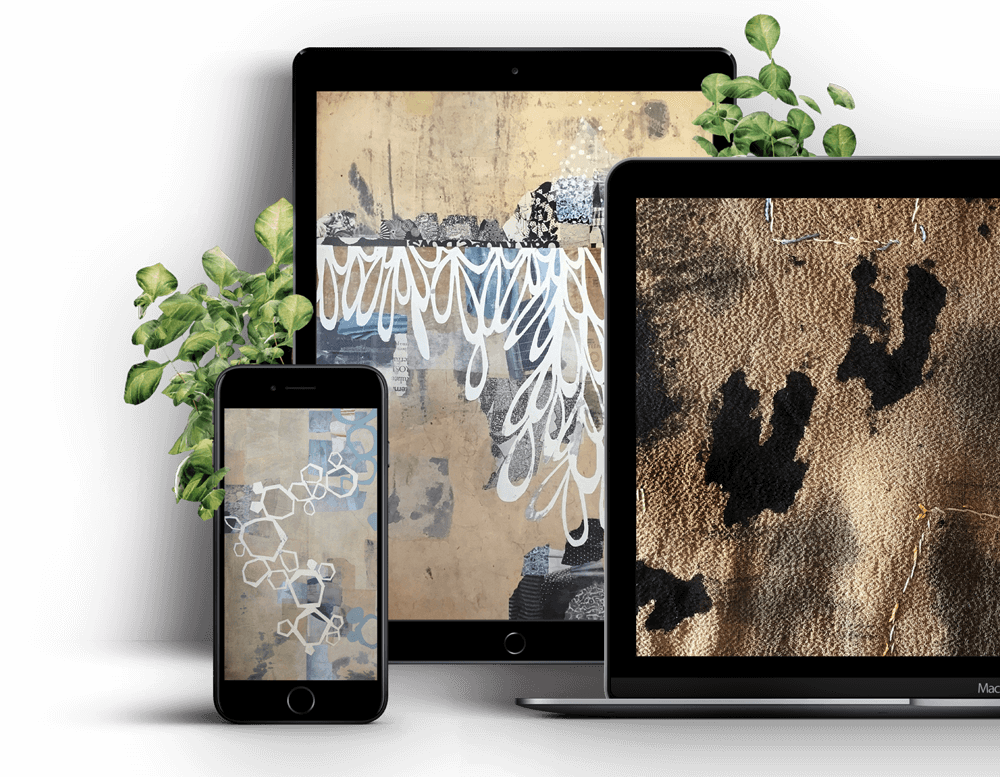Experiencing Ann Hamilton’s We Will Sing at Salts Mill
On our recent trip to the UK, Jo Wright and I were fortunate to spend time with artists Alice Fox and Claire Wellesley-Smith. To our delight, Ann Hamilton’s exhibition We Will Sing at Salts Mill was showing at the time, and together we explored Ann’s extraordinary exhibition, which offers a rare chance to step into the vast top floor of Salts Mill, usually closed to the public.
Claire had actually been part of the exhibition installation process, and it was a privilege to hear her describe not only the beauty of the work but also the practical challenges of bringing such a large-scale and sensitive project to life in a historic space.
The experience was unforgettable: the scent of wool in the air, haunting layers of music from spinning speakers, deep blue textiles anchored by stone, and echoes of the mill’s history woven into every detail.
It’s an exhibition that stays with you, part memory, part imagination, and deeply connected to Bradford’s textile heritage.
While our photos don’t do the exhibition justice, I hope my recollection and insights below help paint a picture for you…
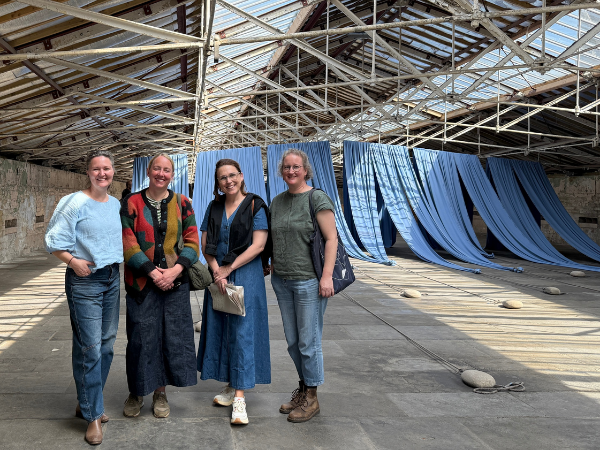 Ang, Claire Wellesley-Smith, Jo and Alice Fox at the Anne Hamilton Exhibition
Ang, Claire Wellesley-Smith, Jo and Alice Fox at the Anne Hamilton Exhibition
The exhibition occupies the rarely opened top floor of Salts Mill. Even the act of climbing the wide staircase was moving; I couldn’t help but think of the countless workers who must have trudged those same steps when the mill was alive with industry. At the top, the scent of lanolin from the wool enveloped us, an immediate reminder of Bradford’s rich textile past.
Walking into the first hall was breathtaking. Once a spinning and weaving room for worsted textiles, it is now an immense, almost cathedral-like space. The scale is humbling, filled with light, pattern, repetition, and texture. The beauty of We Will Sing is that Anne Hamilton doesn’t attempt to crowd the room with objects; instead, she fills it in every sense of the word. Her vision was to let sound inhabit the architecture itself, choosing three large revolving speakers adapted from the mill’s original horn speakers, which release layers of voice, humming and whistling. The effect feels at once ancient and intimate, like fragments of folklore, a kind of sacred language that stirs memory.

For me, there was a sadness in the sound, as though it carried echoes of something lost, but also a reverence, a holding on. The movement of the speakers contrasted with the stillness of everything else, making it a fully sensory experience. Personally, it was overwhelming. It was one of those moments where tears threatened, where you could have let yourself just sob. It was so beautiful that I could have stayed there for hours.

At one end, deep blue textiles cascade to the floor, anchored by heavy stones. The stones gave the fabric a sense of permanence, grounding the cloth as if tethering memory itself. Every decision is deliberate. Bradford was once celebrated for producing premium cloths that travelled the world, and here Hamilton seemed to honour that history with colour, weight, and presence. Visually, this room is simple, but complete.
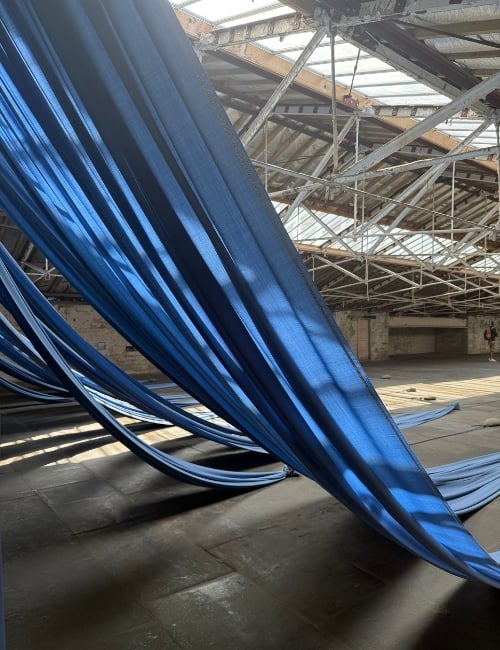
The second room was more intimate. Visitors were invited to take away newspaper-style sheets, printed with stories about Salts Mill, its history, the working conditions, and the lives lived within its walls. Holding one in my hands brought the past into the present, reminding me that this wasn’t just an impressive building; it was once a place of daily life and labour.
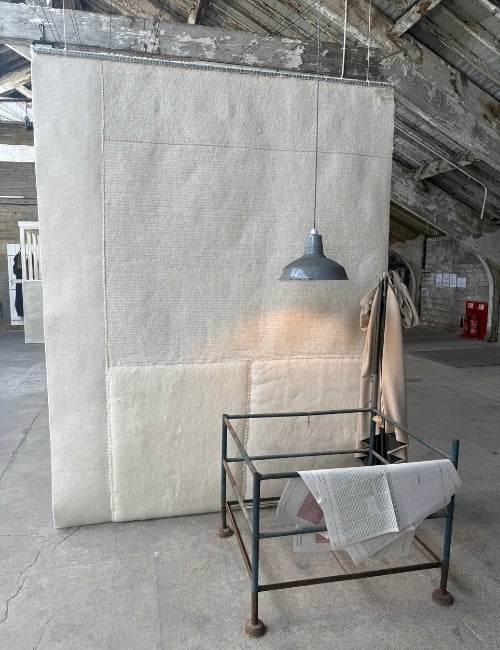
The final room shifted the tone again. Here, the soundscape was lighter, filled with childlike whistling and song, which felt playful. It carried a sense of hope and openness, in contrast to the haunting weight of the first room.
It’s the kind of exhibition you don’t want to leave in a hurry. I could have sat for hours, letting the space, the sound, and the history wash over me. Salts Mill itself is remarkable, so much of it lies unused, but what is open is filled with art, history, and surprise. There’s also David Hockney’s work on permanent display, as well as a wonderful café. For anyone visiting Bradford or England, it’s well worth the detour.
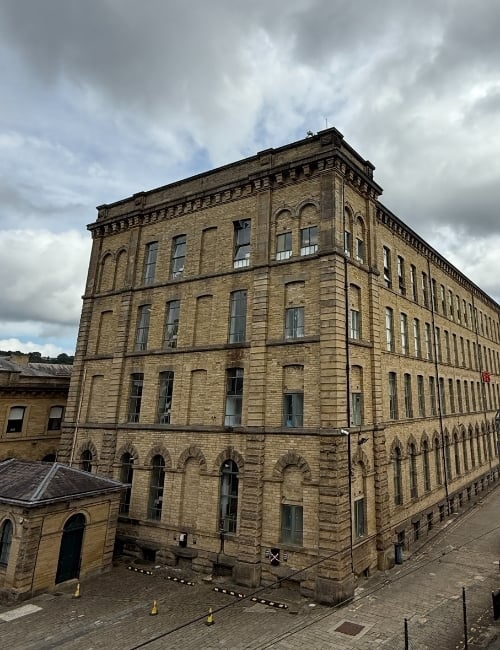
We Will Sing is also a landmark moment for Ann Hamilton, one of America’s most celebrated installation artists. It’s her first major project in the UK for over thirty years, and the most ambitious one to date. Created as part of Bradford’s year as UK City of Culture 2025, the work was curated by June Hill and Jennifer Hallam and made possible through the efforts of many collaborators.
Hamilton rooted the installation in Bradford’s textile heritage by working with local wool from H Dawson (based at Salts Mill itself) and William Halstead, a mill celebrating its 150th anniversary this year. The soundscape was developed in collaboration with vocalist Emily Eagen, while filmmaker Ali Lycett documented the making of the piece in a short film. Visitors are also invited to leave behind “Letters to the Future” personal reflections on what future generations might need to know so the work continues to grow with each person who enters the space.
Together, these elements make We Will Sing more than an exhibition. It is a thoughtful weaving of memory, community, and imagination anchored in Bradford’s past, but always looking forward.
Thank you for sharing this experience with us, Alice and Claire. It’s a day I’ll never forget.
Note: We Will Sing is open until 2 November 2025.
Sources: Bradford 2025, Visit Bradford.
No video selected
Select a video type in the sidebar.
Join Our Newsletter
OUR YOUTUBE CHANNEL
View our interviews and more on our Youtube channel!
OUR FACEBOOK GROUP
Join our Community and stay updated with our upcoming announcements!

